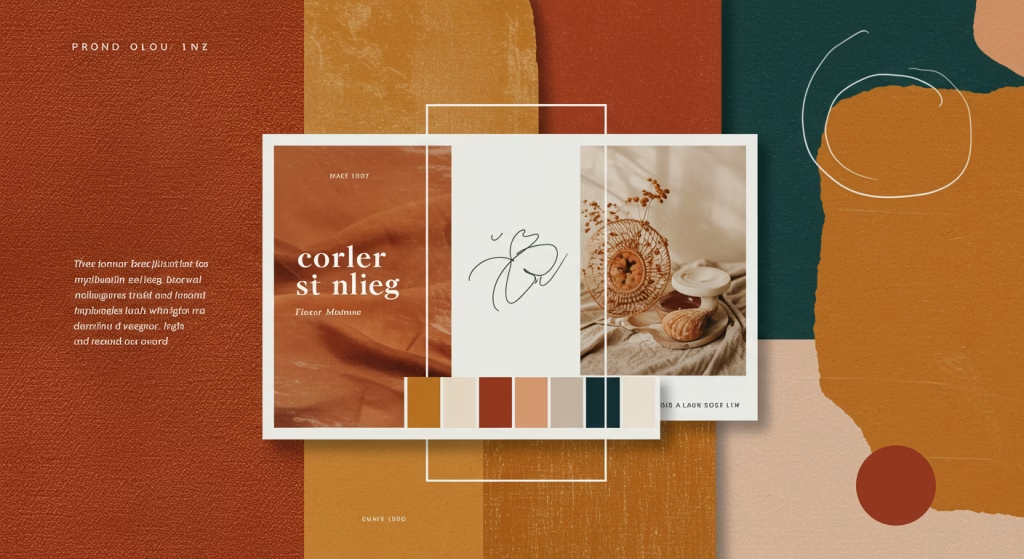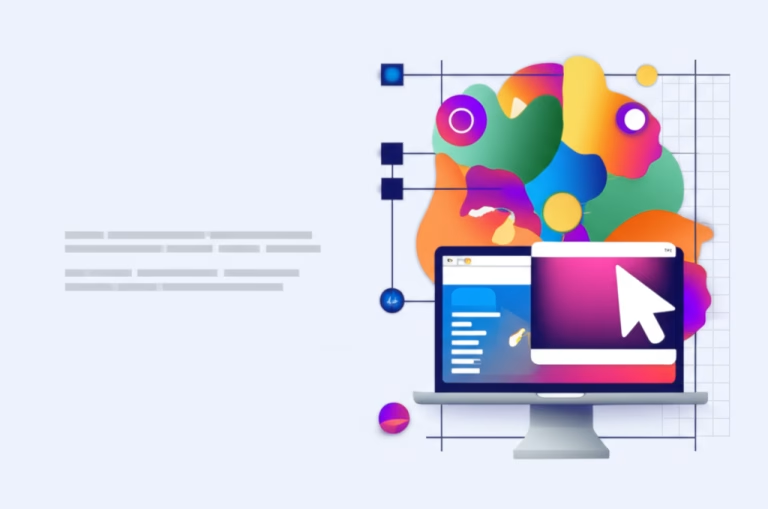Unlock Your Visual Voice: Design Beyond Trends & Find Your Creative Spark
In the vibrant world of graphic design, finding your unique style – your Visual Voice – is paramount. For beginners, it’s easy to get lost in a sea of trends, mimicking what’s popular rather than discovering what truly resonates. But what if you could cultivate a distinctive aesthetic that speaks volumes about who you are as a designer? This article will guide you through practical methods to unearth your creative identity, moving beyond fleeting fads to build a lasting visual impact. Prepare to explore, experiment, and empower your design journey.
Table of Contents
Why Cultivating Your Visual Voice Matters
Your Visual Voice isn’t just about making pretty pictures; it’s about communicating your essence, your perspective, and your unique approach to solving design challenges. In a crowded digital landscape, a strong Personal Aesthetic helps you stand out. It’s the thread that connects all your projects, making them recognizable and memorable. Without it, your work might blend in, lacking the impact that true originality brings. Conscious inspiration is key here – it’s not about aimless browsing, but about purposeful seeking that feeds your creative wellspring.
The E.E.T.A. Method for Creative Discovery
To truly develop your Visual Voice, let’s dive into the E.E.T.A. method: Experience, Expertise, Transparency, and Authority. This framework encourages a holistic approach to nurturing your Artistic Expression.
Experience: Broaden Your Horizons
Inspiration is everywhere, not just in design blogs. Actively seek diverse visual Inspiration Methods. Visit art galleries, explore nature, observe architecture, or even pay attention to the packaging of everyday products. Each experience is a potential seed for new ideas. Document what catches your eye – photos, sketches, notes. The broader your visual repertory, the richer your internal library of ideas becomes. This isn’t about copying, but about absorbing and understanding the elements that evoke a certain feeling or message.
Expertise: Deep Dive into What Resonates
Once you’ve gathered broad experiences, it’s time to cultivate expertise in areas that genuinely excite you. Are you drawn to minimalist aesthetics, vibrant brutalism, or the intricate details of Art Nouveau? Delve deeper. Study the history, principles, and key artists or designers associated with these styles. Understand the “why” behind the “what.” This focused exploration will refine your preferences and inform your Creative Identity, helping you articulate what you like and why.
Transparency: Embrace Your Authentic Self
Your Visual Voice is an extension of you. Transparency in design means allowing your authentic self to shine through your work. Don’t be afraid to experiment with unusual color combinations, unconventional layouts, or unique typographic pairings if they genuinely represent your vision. This often means stepping away from what’s currently trending to forge your own path. Authenticity fosters truly Original Design that resonates deeply with your audience and, more importantly, with yourself.
Authority: Own Your Aesthetic
As you gather experience, build expertise, and embrace transparency, you’ll naturally develop authority in your Visual Voice. This isn’t about being bossy; it’s about confidence in your aesthetic choices. When you present your designs, you’ll be able to articulate the reasoning behind your decisions, not just because they look good, but because they align with your established creative principles. This authority builds trust and respect for your unique Creative Process.
Finding Your Visual North Star: References and Moodboards
Curating visual references is a crucial step in defining your Visual Voice. Think of them as ingredients for your creative recipe. Start by exploring platforms like Pinterest, Behance, and Dribbble. But don’t just passively browse; actively save images, color palettes, typography examples, and textures that resonate with you. Create dedicated moodboards for different projects or even for your overall aesthetic aspirations.
A moodboard is more than a collection of images; it’s a visual narrative of your ideas. It helps you see patterns, identify recurring themes, and solidify your concept before you even begin designing. Consider themes, emotional tones, and desired impact. Are you aiming for modern and sleek, or rustic and warm? Let your references guide you, but don’t let them dictate your final output. They are springboards, not blueprints.

Translating Inspiration into Action
Once you have a clearer sense of your Visual Voice and a rich collection of inspirations, the next step is application. How do you integrate these abstract ideas into your daily design projects? Start small. If you’re designing a logo, think about how your chosen color palette reflects your Personal Aesthetic. For a social media graphic, consider how a specific typographic style can convey the desired mood and reinforce your Creative Identity.
Experimentation is key here. Don’t be afraid to combine elements from seemingly disparate sources. What happens if you blend the elegance of Art Deco with the starkness of Swiss design? Or if you use a muted color scheme with a bold, expressive typeface? The magic often happens at the intersection of unexpected combinations. This iterative process of trying, refining, and reflecting is vital for developing a truly distinctive Original Design approach.
Beyond the Obvious: Cultivating a Unique Aesthetic
The true power of a developed Visual Voice lies in its ability to transcend fleeting trends. While it’s important to be aware of current design landscapes, don’t let them define you. A unique Personal Aesthetic allows you to create work that feels fresh and timeless, even if it incorporates contemporary elements. Challenge yourself to look for inspiration in unconventional places – historical archives, scientific diagrams, or even the patterns found in nature. This broadens your perspective and fuels truly innovative Inspiration Methods.
Remember, your journey to cultivating a robust Visual Voice is ongoing. It’s a continuous process of learning, observing, and refining. Don’t be discouraged by initial experiments that don’t quite hit the mark. Every attempt is a step forward, a lesson learned, and a deeper understanding of your own creative inclinations.
Embrace the Journey: Continuous Exploration
Your Visual Voice isn’t a fixed destination; it’s an evolving landscape shaped by your experiences and reflections. Keep a curious mind, actively seek out new visual stimuli, and never stop experimenting. Share your work, gather feedback, and be open to constructive criticism – it’s all part of the growth process. The most compelling designs come from a place of genuine passion and a well-honed Artistic Expression.
So, step out of your comfort zone. Explore that obscure art movement, try that challenging color combination, or design a project purely for the sake of creative exploration. Your unique Visual Voice is waiting to be fully unleashed, ready to captivate and inspire. Happy designing!



